If learning to expose correctly wasn't hard enough, getting around ND filters could be a nightmare if you don't have the correct guidance.
There are several brands and styles of ND filters, and here quality matters because they become the front element of your beloved lenses. Therefore, if you use poor quality ND filters, the light passing through your amazing expensive lenses will be degraded.
I still regret spending some money in my first years of photography on inadequate filters. All I wanted to achieve was that beautiful eerie look of silky clouds and skies, but I only knew that they were achieved via long exposures and some filter screwed in front of the lens.
I bought a circular polarizer, which is intended to be used in other circumstances; they are designed to reduce brightness on highly reflective surfaces not to reduce a substantial amount of light. The filters that are engineered for that are ND filters, and it took me a lot of time to discover that.
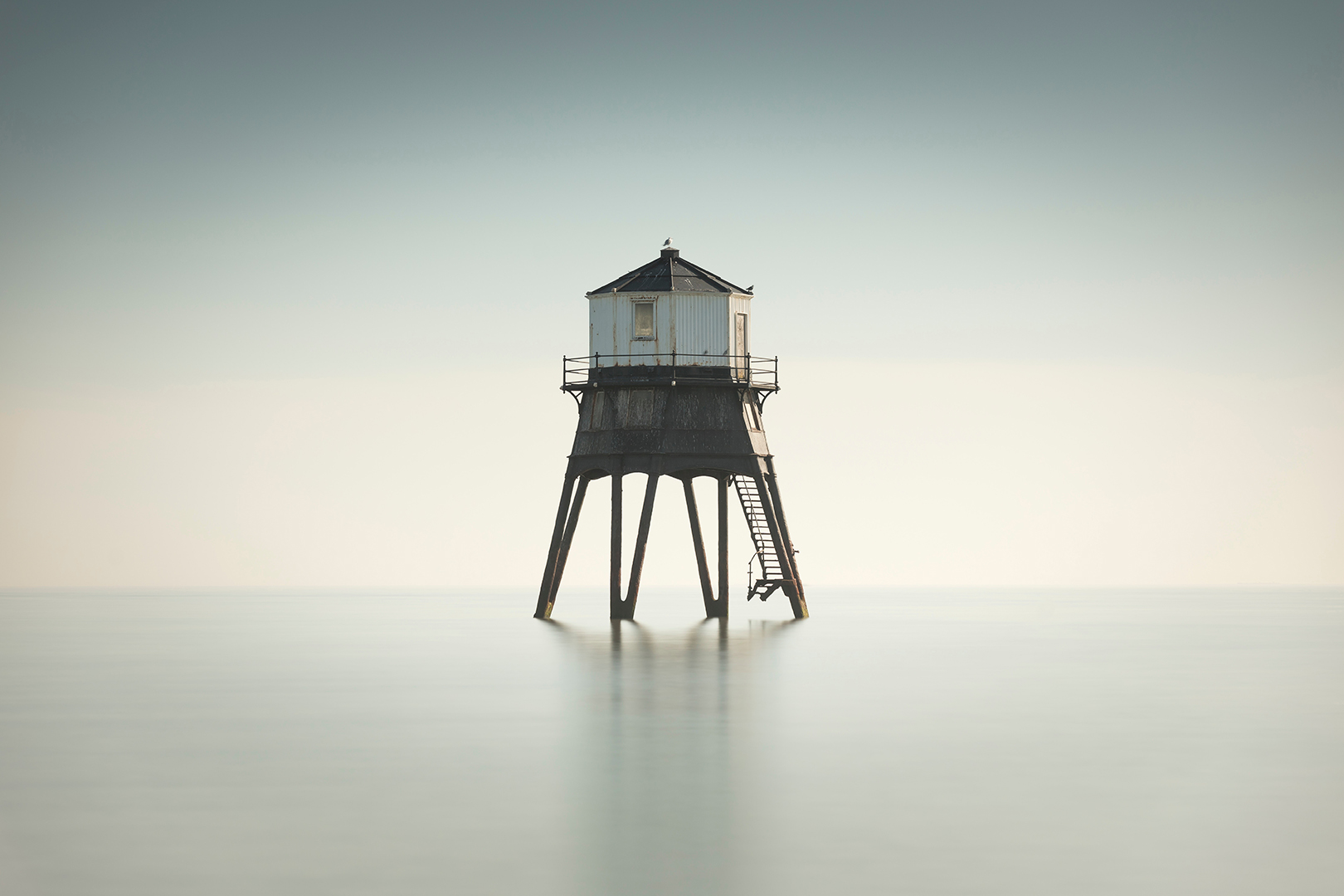
Something that you need to remember is that light is measured in stops of light, and ND filters are designed to reduce a certain amount of them.
The problem is that manufacturers haven't got their stuff together and present them in different units. I've created the following conversion table for you to understand better what each grading means:
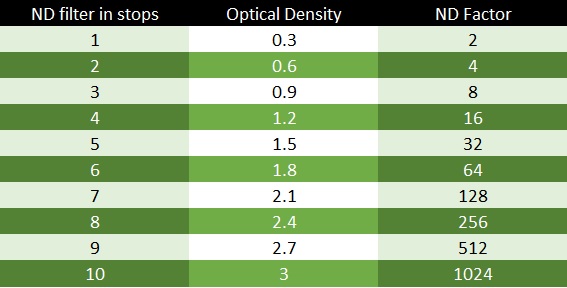
Back to my story, after some struggles I got some ND filters in my hands, the problem was that the strongest grading I could find only allowed me to reduce light entering my camera by 3 stops of light and the results weren't as flattering as I wished them to be.
Finally, a friend of my mine loaned me an ND filter that allowed me to reduce up to 10 stops of light. The big problem was that I was rushing, and framing (from composition to focusing) isn't that easy to do if you can't see a thing.
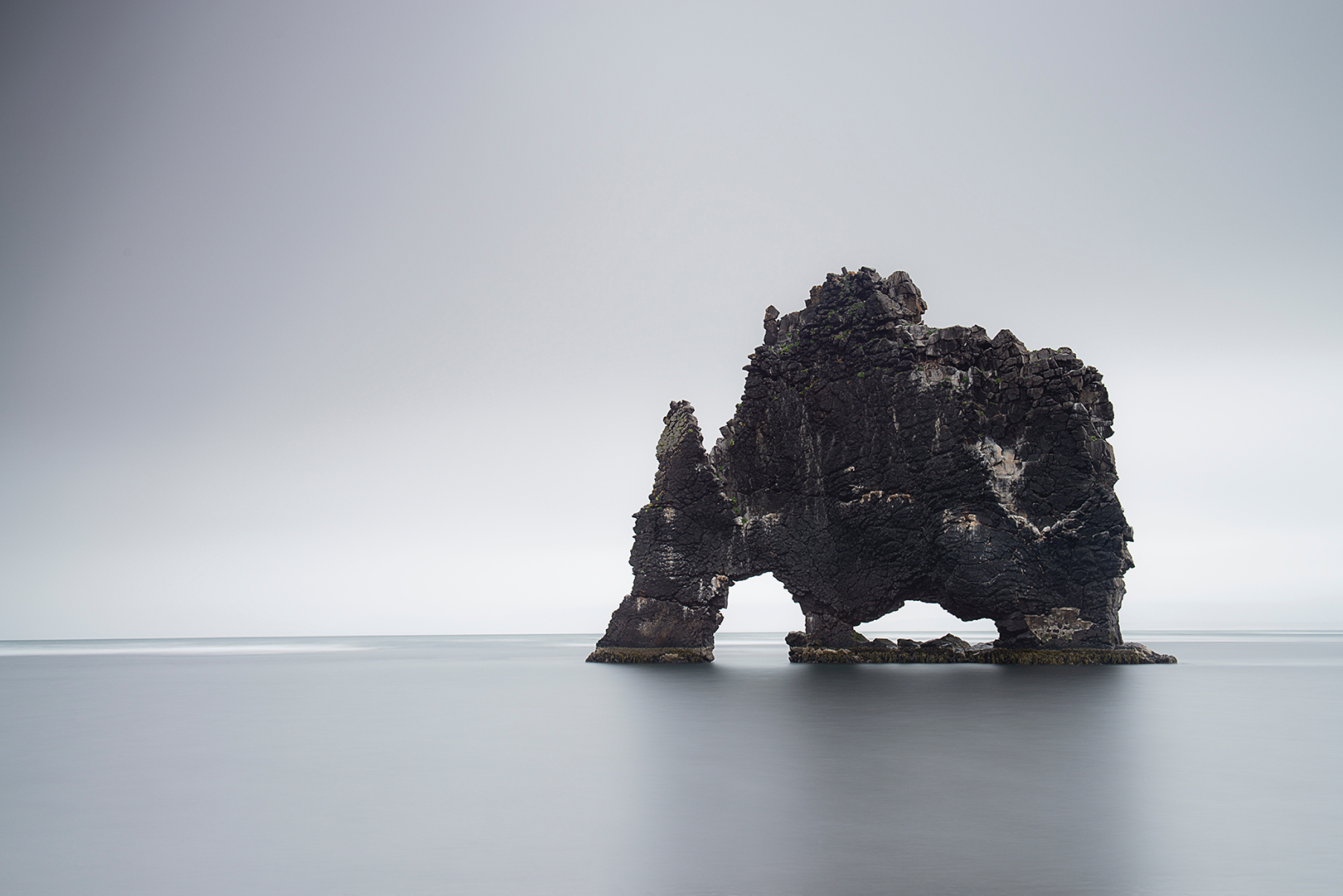
Long exposure photography should be considered an art by itself because thinking about grabbing a slice of time in the form of an image is really poetic.
My only advice for all you curious and passionate photographers reading us today is to go out there and practice a lot, every day, if you want to master what long exposure photography is all about.
There are plenty of resources out there, but I think this short yet deep guide is really comprehensive and right to the point, consider checking it out if you wish to know more about what long exposure is all about.
Further Resources
- How To Go From Dull To Dramatic Skies – Why You Should Be Using A Graduated Filter
- Landscape Photography: ND Grad Filters
- How To Use A Neutral Density Filter For Daytime Long Exposures
- A Fan of the Great Outdoors? Here are the BEST Filters for Great Landscapes
- How to Make Your Long Exposure Photography Rock By Using ND Filters




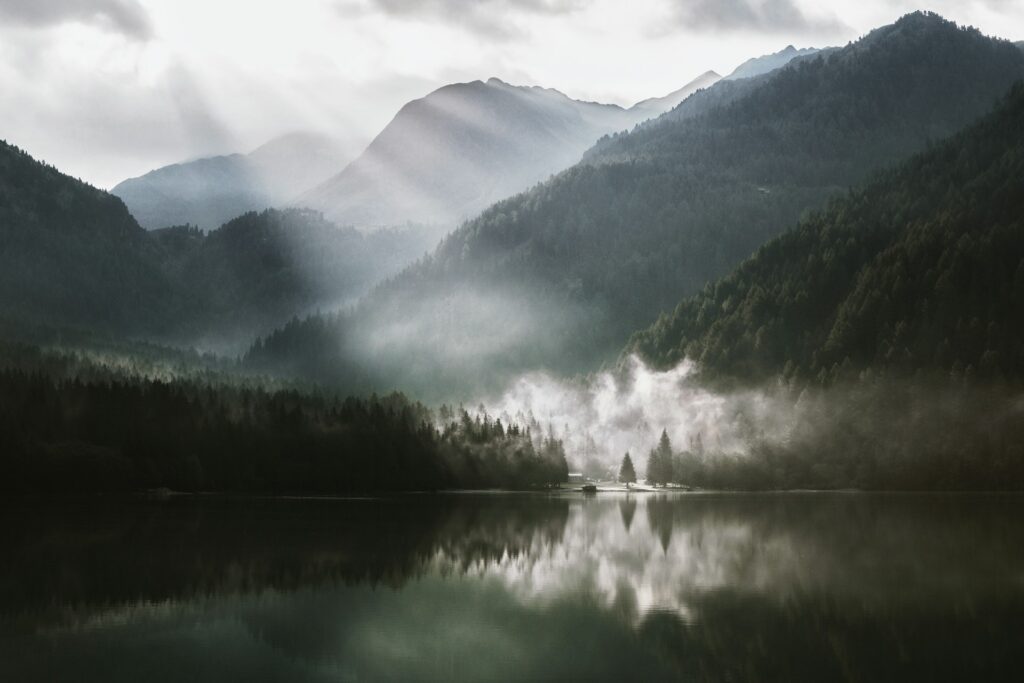
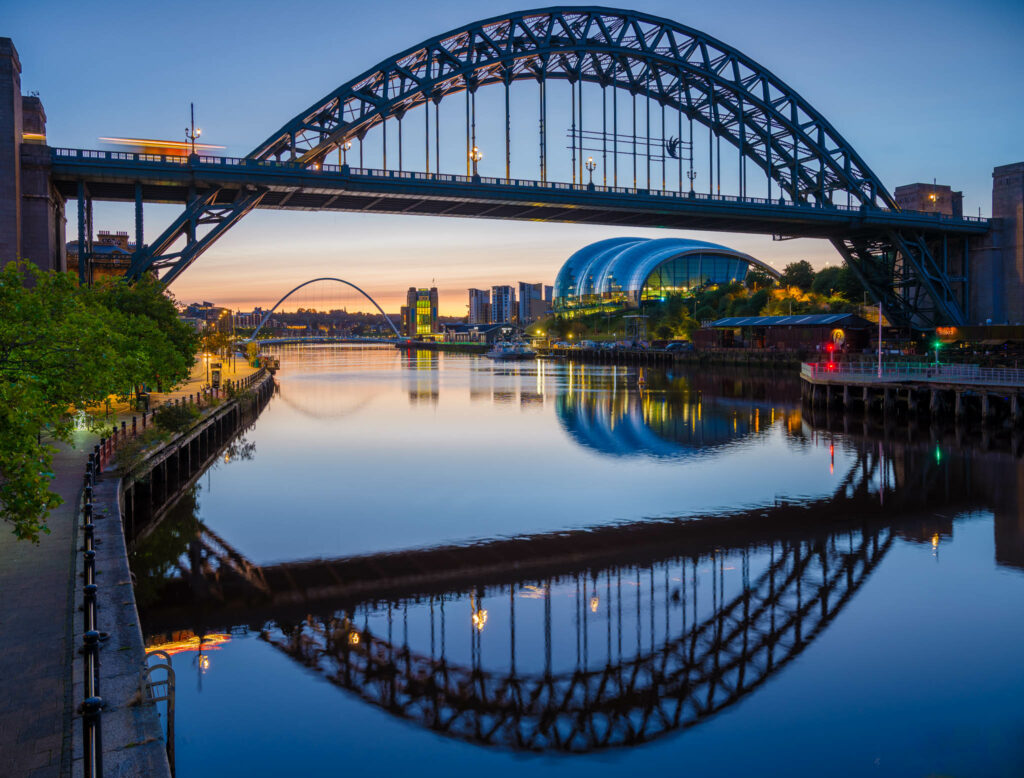
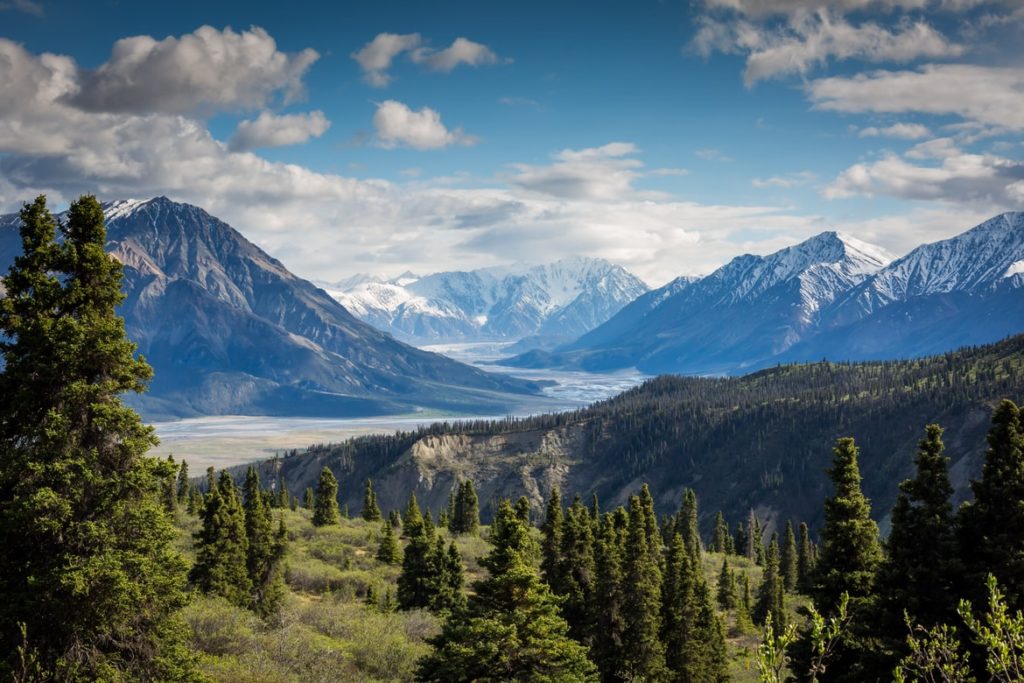
1 Comment
Thank you for the opportunity to be a part of this forum.
Regarding filters and wide angle lenses, what if you can’t afford it but still want to shoot to practice